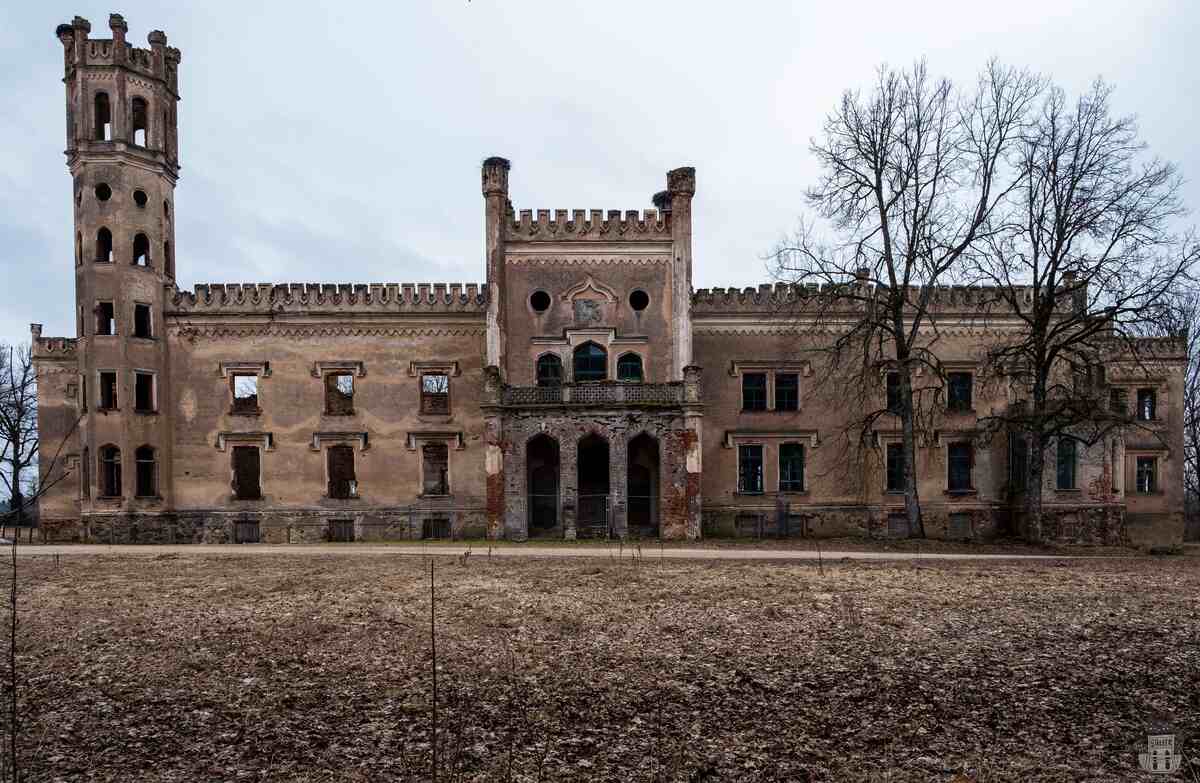Odziena Castle (Odziena Pils in Latvian) is one of the most important neo-Gothic structures in Latvia, whose roots go back to the Iron Age (7th century).
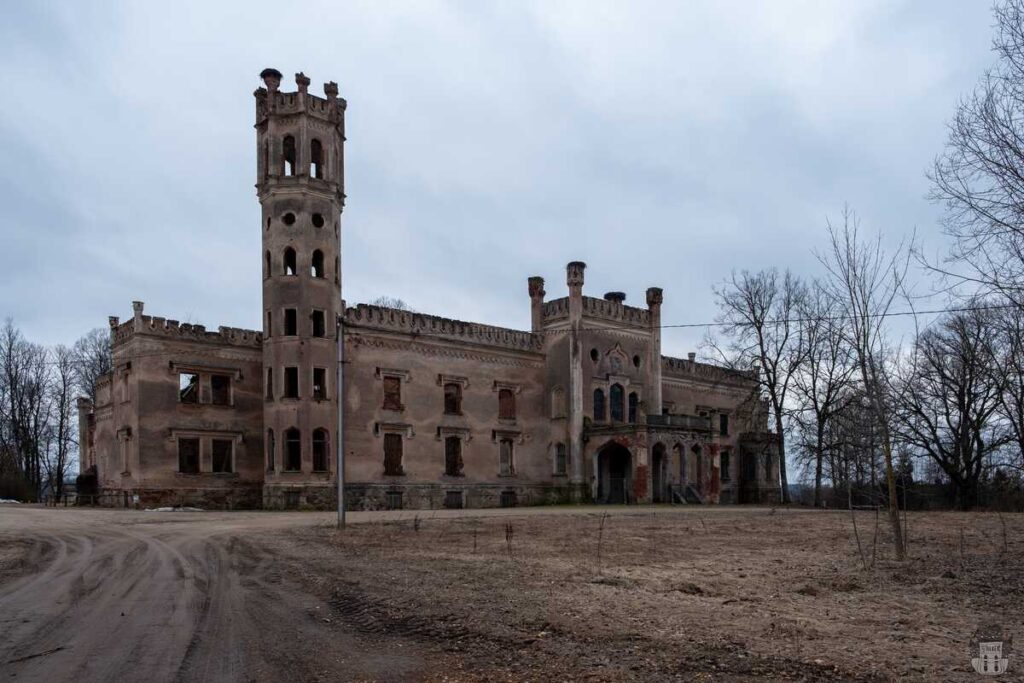
Ancient Roots and Latvian Nobility
Ancient artefacts found on the manor estate prove that Odziena has been inhabited since at least the Iron Age (5th – 7th century). In ancient Latgalian culture, Odziena (then known as Odense or Odse) is mentioned in historical sources dating back to 1455. It was in that year that Bertram Tīzenhauzen inherited the manor and parish from his father Engelbrecht and sold them back to his brother Johann in 1449.
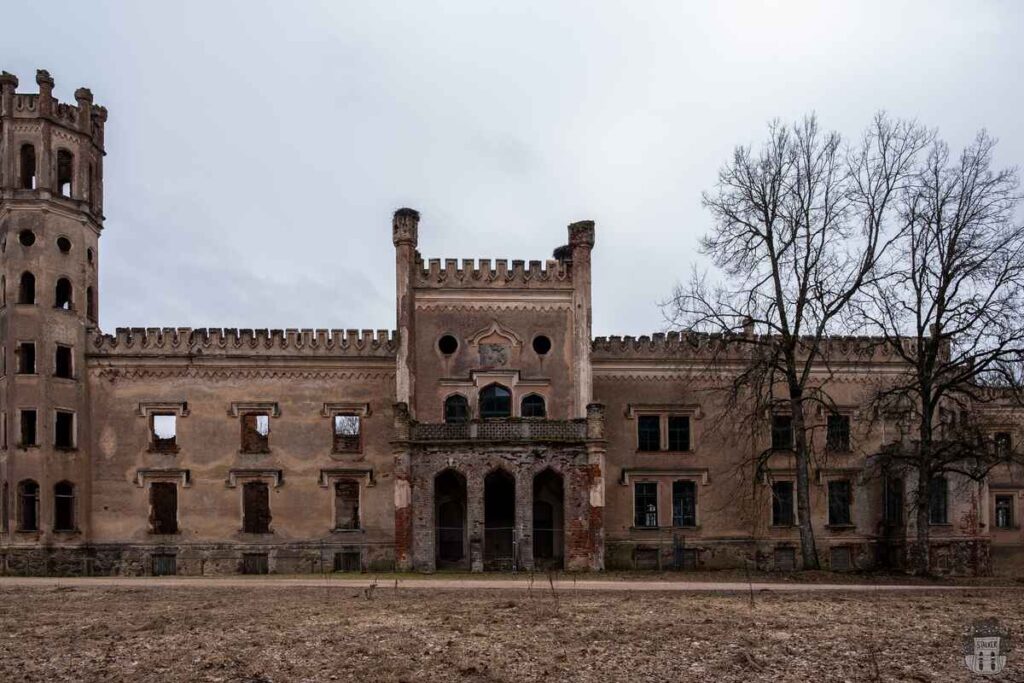
Transformations and New Owners
The Tīzenhauzen were a noble family, influential throughout the Vidzeme region. They remained the owners of Odziena until 1625, when King Gustav II Adolf of Sweden gave Odziena and some neighbouring properties, including Vietalva, to Colonel Johann Reinhold Streiff von Lauenstein.
Throughout the 17th century Vidzeme was ruled by Sweden and, following the Great Northern War, became part of the Russian Empire.
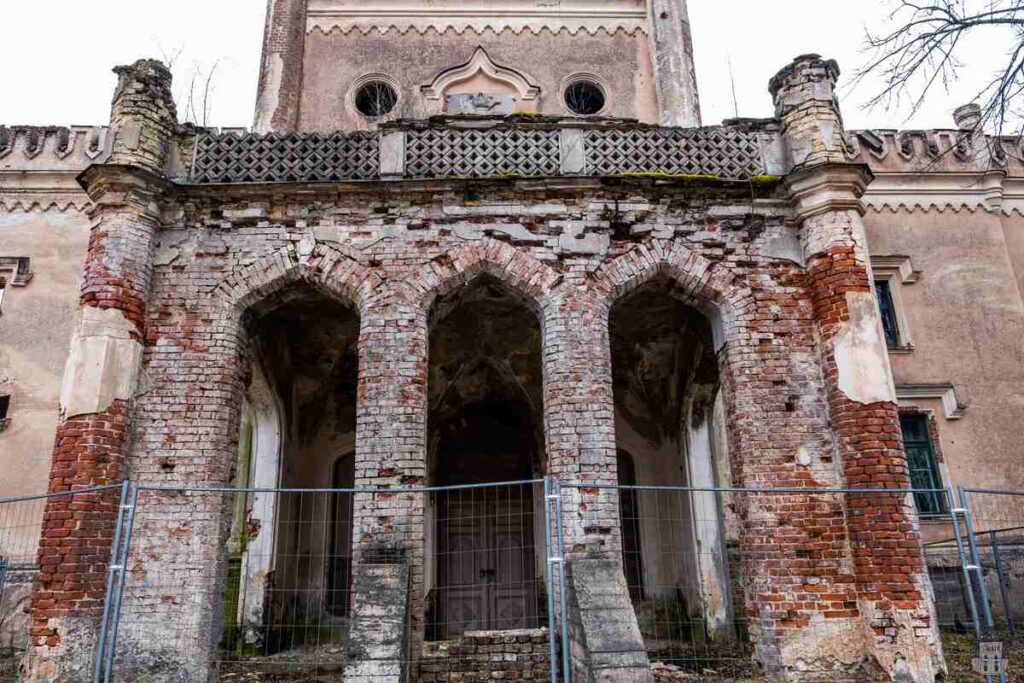
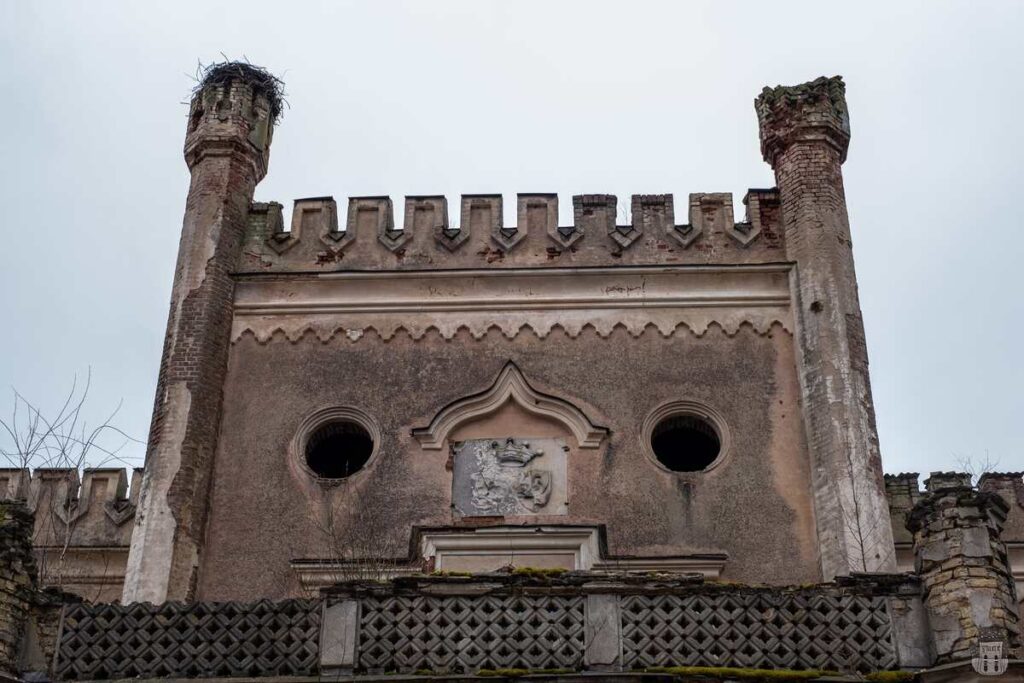
In 1744, Empress Elizaveta Petrovna (Elizabeth of Russia) gave the Odziena estate to her field marshal Petr Shuvalov. A year later Petr sold it to his former tenant and owner of the Grostona (Muižnieki) estate, Major Engelbrecht Wilhelm von Brimmer, and it was inherited by his 4-year-old son Rudolf Friedrich Adrian von Brimmer (1809 – 1880). Rudolf is credited with the creation of the Odziena Estate, which includes the current manor house, park and numerous outbuildings.
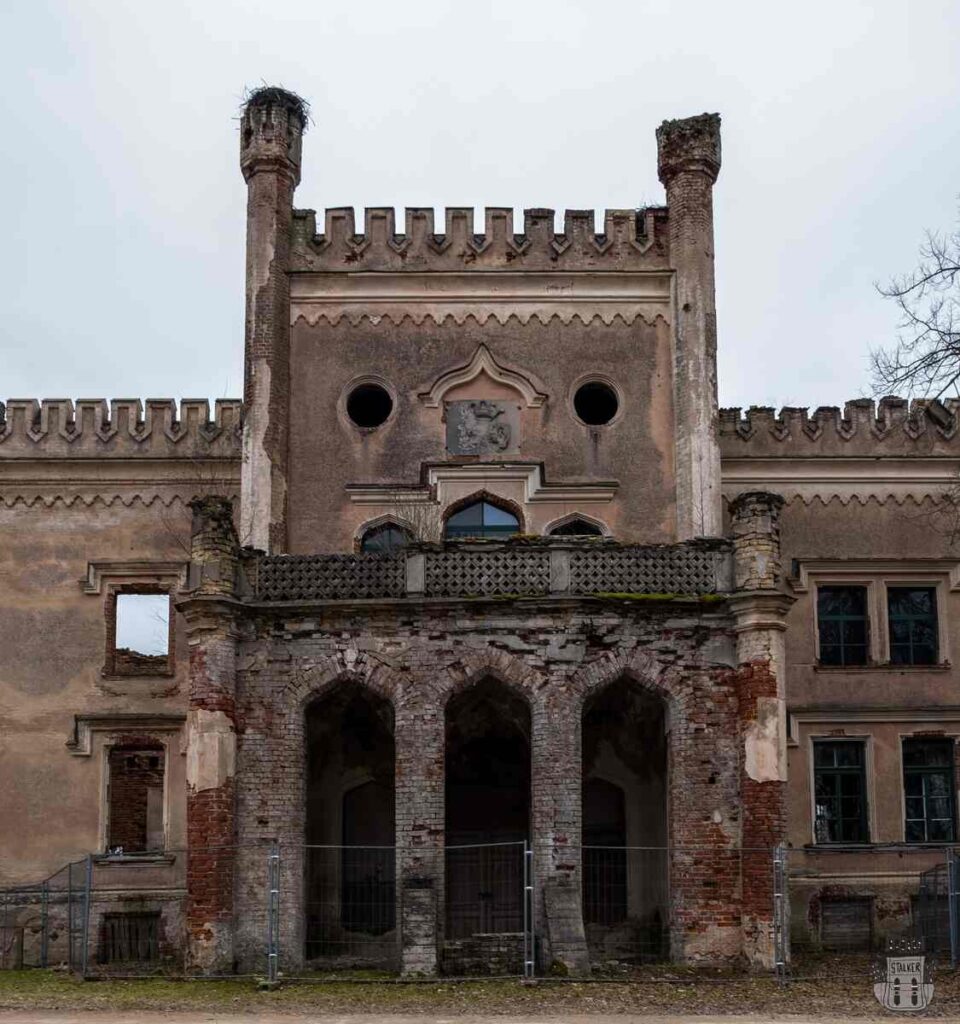
His greatest achievement was the construction of the manor house, to this day considered one of the most impressive neo-Gothic buildings in Latvia.
Rudolf died at Odziena Manor in 1880 and was buried in the family tomb in nearby Vietalva.
The architects
The present manor house was built on the site of the previous building, at that time a mixed timber and stone construction dating back to the end of the 18th century. It is assumed that the German architect J. Helda, who was particularly active in Latvia at the time, designed the building. However, a second architect is thought to have had some influence on the building’s architecture. He was Friedrich Hitzig from Kittendorf, given the remarkable similarity of the manor to Kittendorf Castle in Germany.
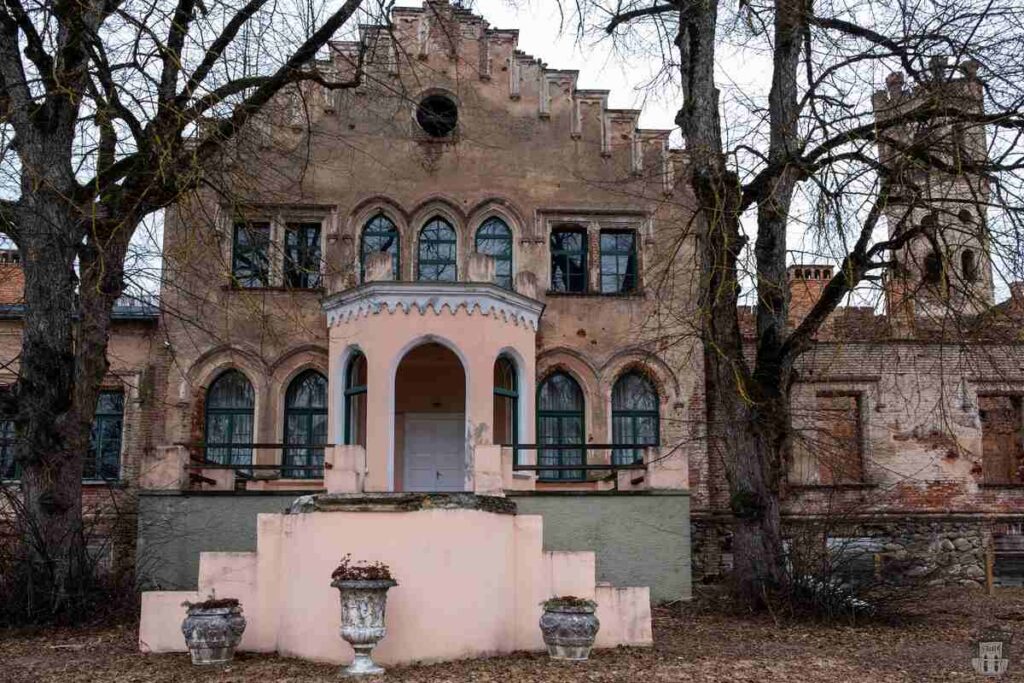
Russian Revolution and wars
The glory years of Odziena Manor were short-lived. During the unrest of 1905 (First Russian Revolution), the Latvian peasants rebelled against the German Baltic nobility and the von Brimmer family was not spared. A horde of peasants poured into Odziena and stormed the castle, looting and setting it on fire. The family manages to escape, but the manor remains a burnt-out shell.
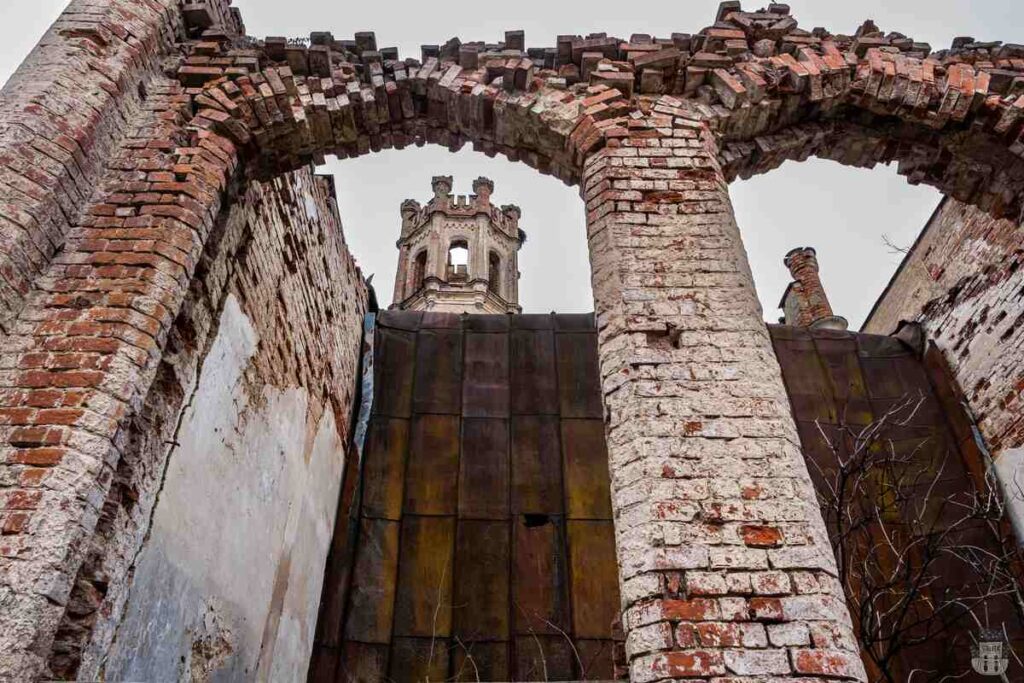
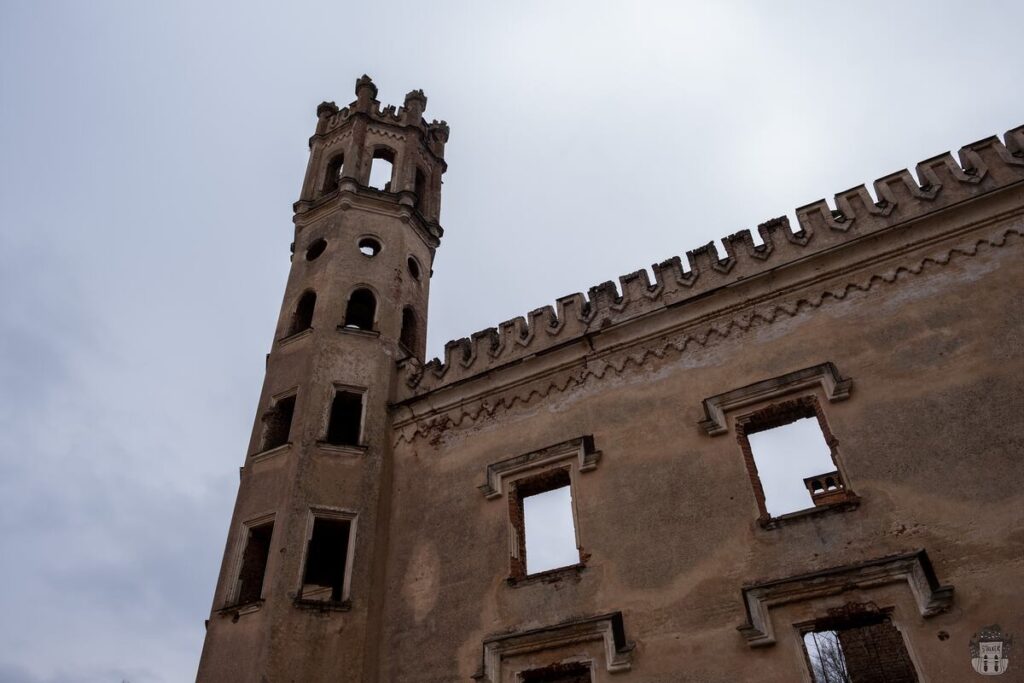
The von Brimmer family’s efforts to restore the building are abruptly interrupted by the wave of refugees brought by the First World War. The Russian authorities order the evacuation of the entire population of the Kurzeme region, leading them away from the fighting and through Vidzeme. In Odziena, starving refugees stripped the fields of all grain, looted the estate’s inventory and damaged the manor house.
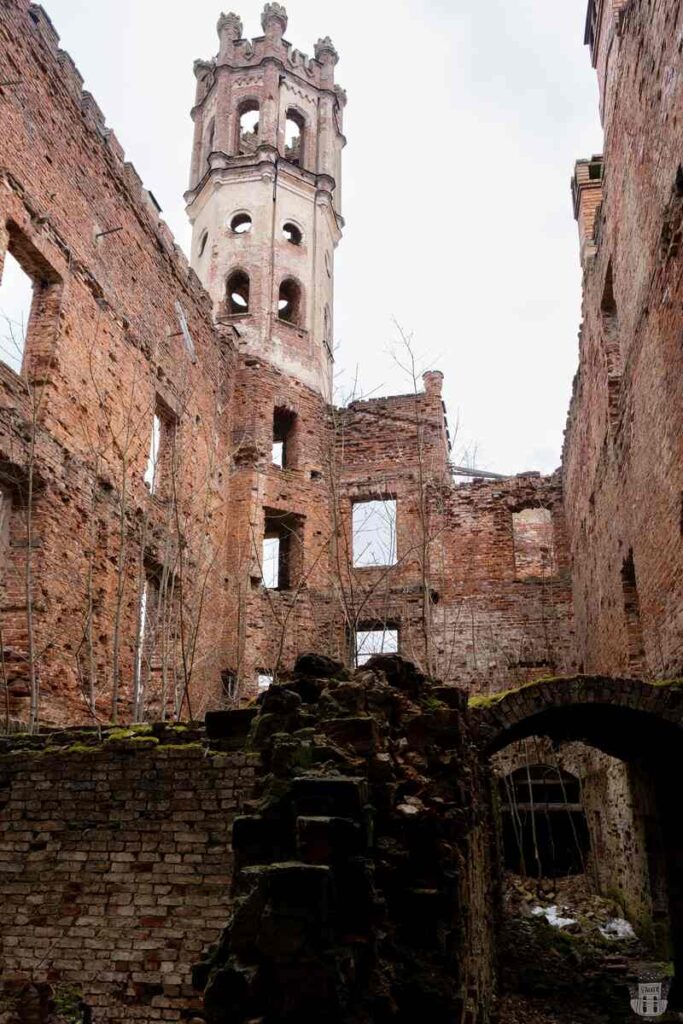
Agrarian reforms
During the agrarian reforms of the 1920s, owners of large agricultural estates found themselves paying higher taxes in proportion to the size of the property and the income it generated. This is seen as an effort to reduce large landed estates and inequality in access to land. As a consequence of these policies, the lords of the manors scattered around the country lost their land and moved elsewhere.
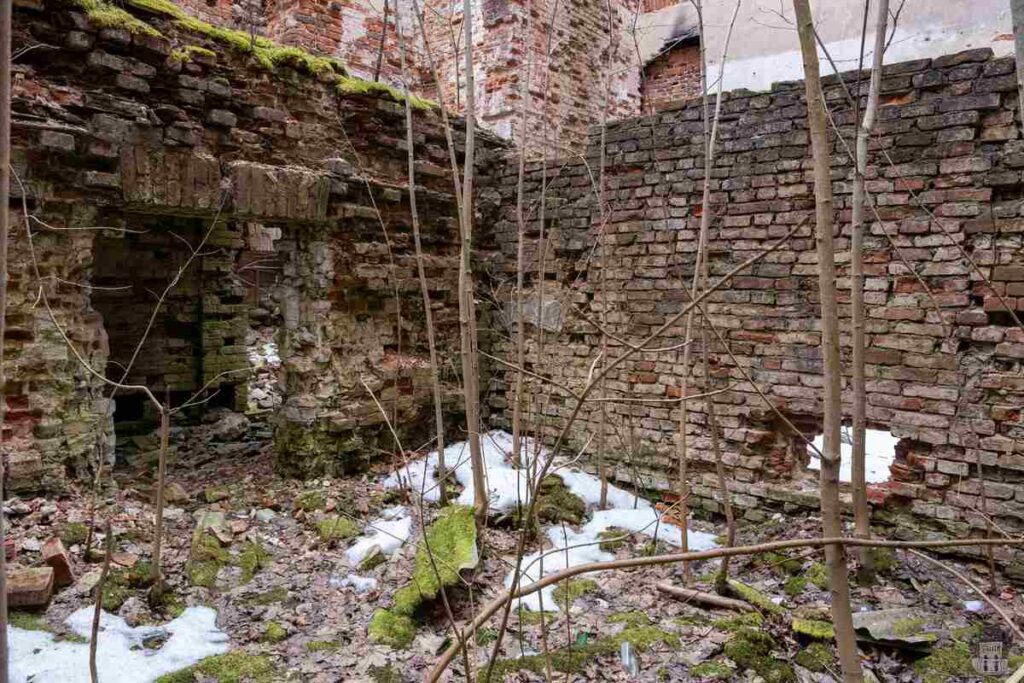
Soviet Period
In the Soviet period, the building still plays an important role in the social life of the local population. It was reborn as a house of village culture (kultūras nams), with a small library, a shop and part of the west wing housing flats. Many locals remember with nostalgia the dances and celebrations in the manor house, the summer garden parties and the rare but exotic films of popular Bollywood cinema.
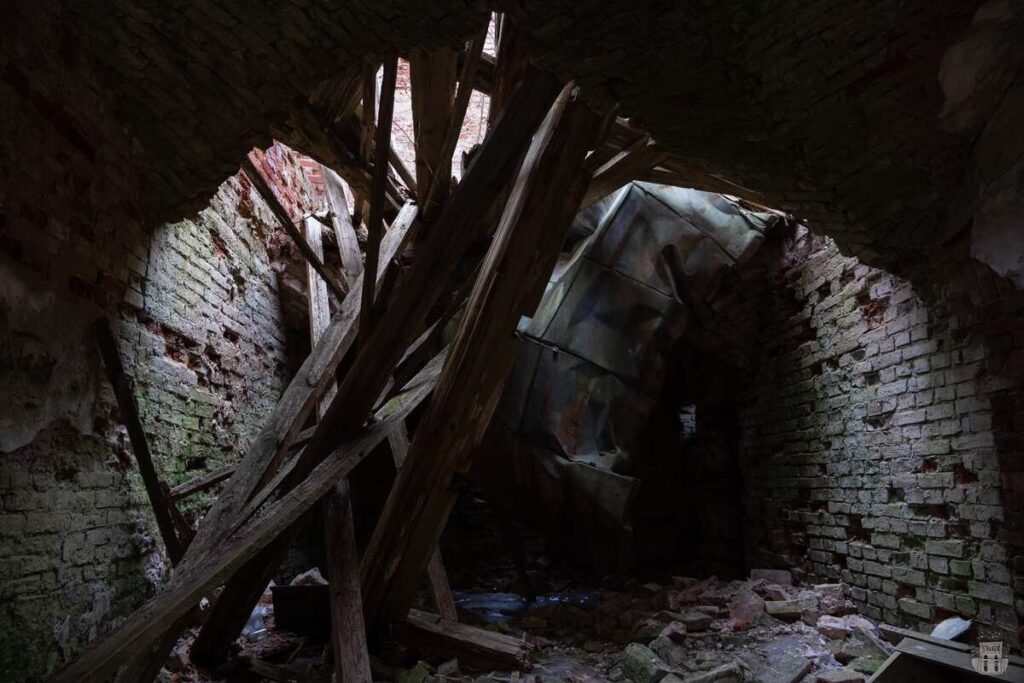
A New Life
Today, the estate has been reborn as a prestigious and listed guest house (krogusmāja), and since 2012 it has been welcoming guests from all over the world. The gardener’s house and barn have been renovated, and a craft brewery (pilsbrūzis) has been established nearby, where the famous local beer ‘Odzienas Alus’ is brewed.
The manor house itself is gradually regaining its former glory. The roof on the west wing has been replaced and many ballrooms and state rooms have been renovated. In the spring of 2015, the first wedding was hosted, and the castle has become a romantic place particularly sought after by young couples.
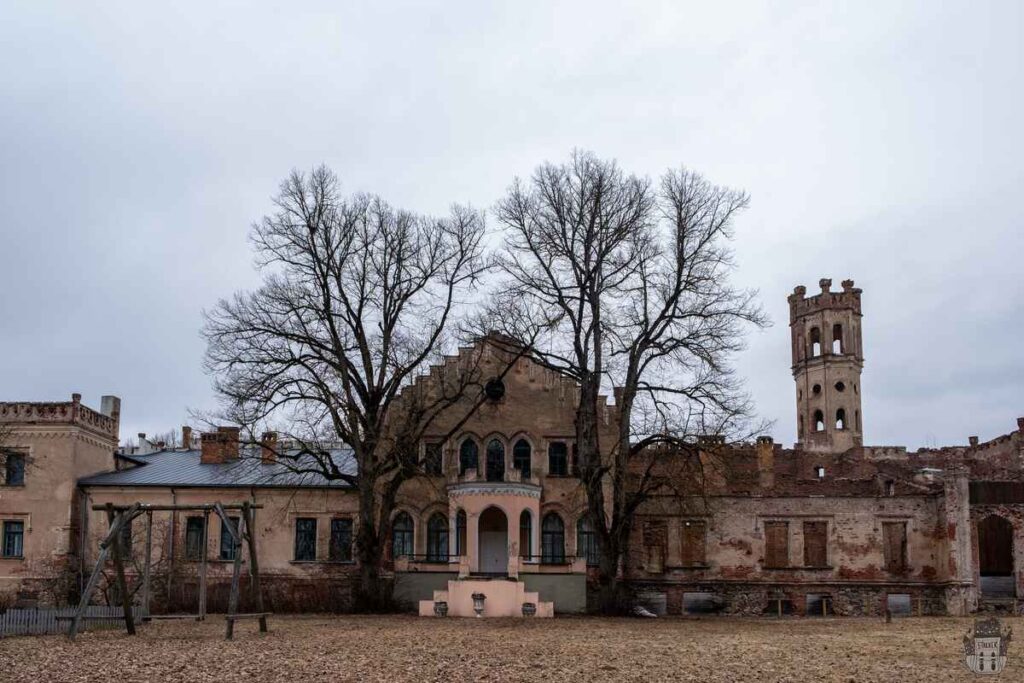
Urbex location:

